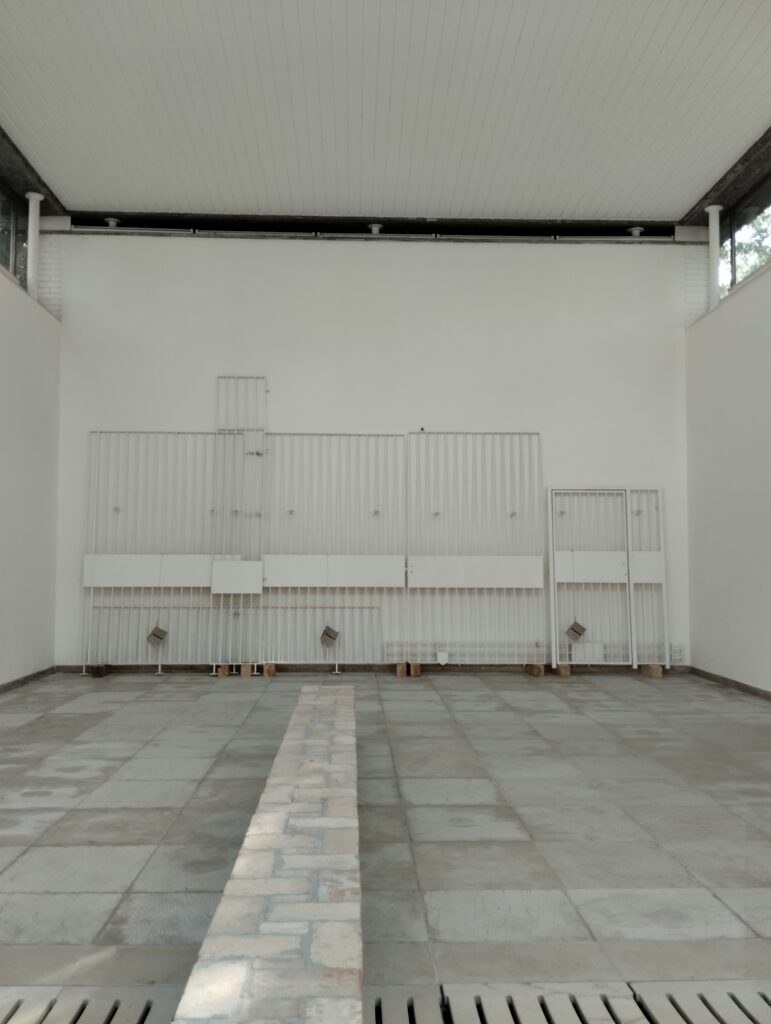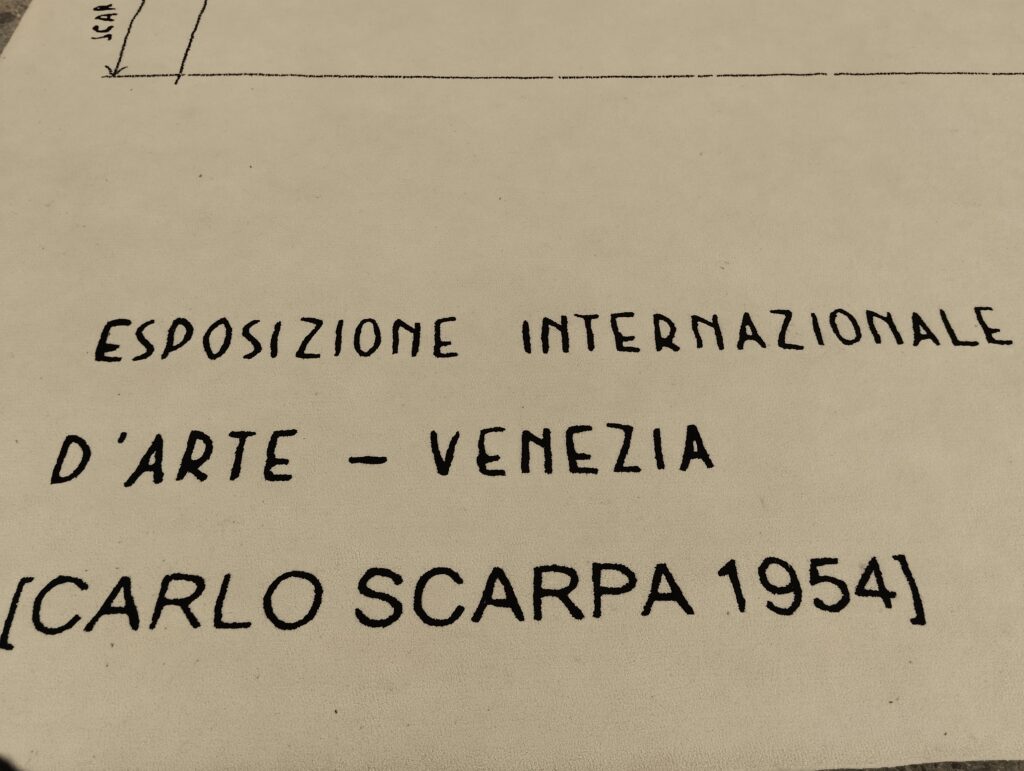
Towards Modernity – Venice, a City of the Past
Tommaso Marinetti, the eclectic founder of the Futurist Movement, proposed in 1912 to ‘purge’ Venice, a city steeped in the past: “We want to heal and scar over this putrid city; a magnificent sore of the past. We want to revive and ennoble the Venetian people, who have decayed from their ancient greatness, morphed into cowardice and depravity, and have been demoralized by the habit of their petty, shady dealings”.
There is something in the provocative words of Marinetti that makes us think of the present day, as Marinetti, when speaking of a city of grand hotels and small businesses, foresaw what the city would become. The Venice that the Futurist artists attacked, however, was a city in evolution and appeared less rigid and immobile than the Futurists described it in a provocative manner. Great transformations had occurred in the 19th century, and above all, the Biennale d’Arte, which was soon to follow, would become the standard for dozens of art biennials that were born and grew around the world, starting with the Brazilian one, which was initially closely linked to the Venetian exhibition.
In the long strides towards modernity, the city of Venice, steeped in the past, is a significant example. Venice has always been a city with a unique architectural structure and conformation, and architecture has always played a predominant role in it. The Giardini di Castello, for instance, is a sort of ‘museum of 20th-century architecture’ where many international architectural studios have met.
The Biennale of Venice
In Venice, the focal point of the twentieth century was the Contemporary Art Exhibition, the Art Biennale, both from an artistic and architectural perspective. It is almost never pointed out how the Gardens of Castello are a sort of ‘museum of twentieth-century architecture’ where many architecture studios met. Carlo Scarpa and Bruno Giacometti met (also) at the Venice Biennale, or rather their respective pavilions were built side by side in the Gardens of Castello as a testament to this encounter. The sharing of knowledge and mutual respect managed to create two small architectures capable of interacting with each other.
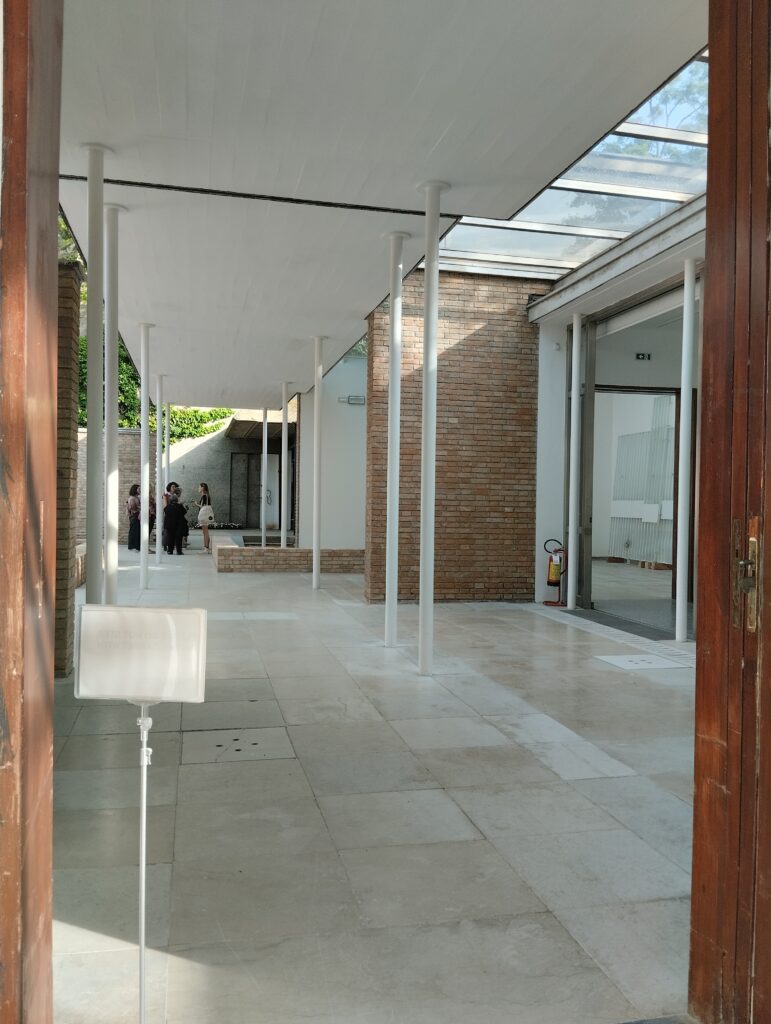
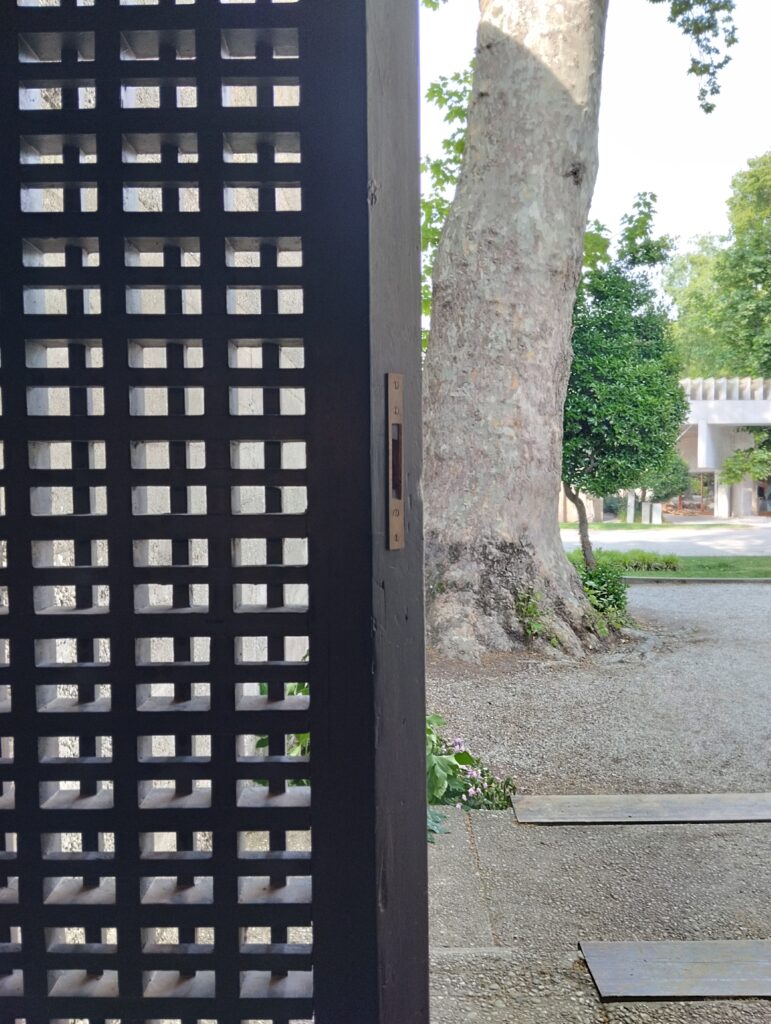
Meeting at the Venice Biennale: The Swiss Pavilion
At the 2023 Architecture Biennale, Karin Sanders and Philip Ursprung, respectively an artist-professor and a professor-architect, designed a simple and enlightening pavilion dedicated to the meeting between the Swiss architect Bruno Giacometti, author of the Swiss pavilion, and Carlo Scarpa, who had created the adjacent Venezuelan pavilion titled “Neiboroughts – Neighbors.” The Swiss pavilion is usually curated by Pro Helvetia[
Thanks to the vision of Carlo Scarpa’s original project, it was also possible to understand a small modification made to the work of the Venetian architect over the years. Like other architects, the two designers found themselves having to work in a space delimited by trees that became the curtain of the architectures, brilliantly solving the problem of pre-existing trees.
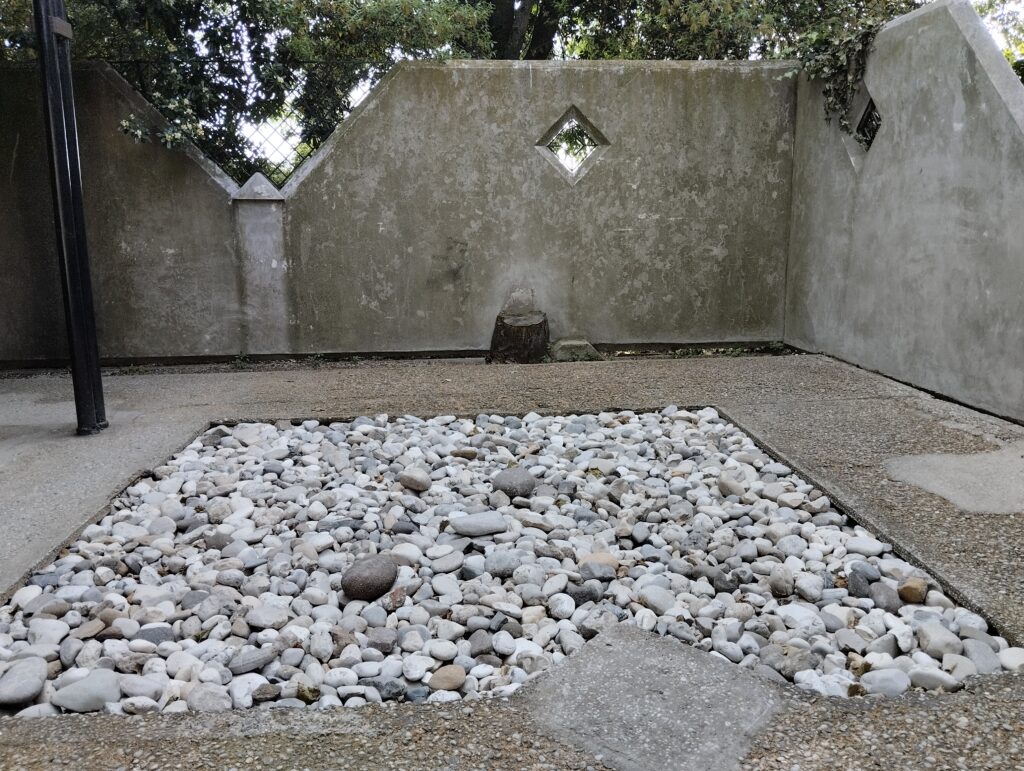
Switzerland is no stranger to creating pavilions that highlight the theme of boundaries. Even the pavilion at the 2021 Architecture Biennale spoke about boundaries, spaces, and sharing with Oræ – Experiences at the Border. Oræ, curated by Mounir Ayoub, Vanessa Lacaille, Fabrice Aragno, and Pierre Szczepsk, told how our perception of boundaries is ultimately linked to our personal history and how boundaries are not fixed but appear mutable depending on our personal experiences. The curators, through various interviews conducted in Switzerland, drew a different and personal geography of the physical borders of countries but essentially mental borders of the interviewees: each described a different boundary and often within the same country! Perhaps here lies the crux of the issue between boundaries and communication, our perceptions and reality, our misunderstandings of personal boundaries, and sometimes fragile ones of others.
I would like to echo the words of the curators of the 2023 pavilion, Karin Sanders and Philip Ursprung: “We have tried to rethink the functions of the two pavilions and their surrounding environment and to overcome their respective boundaries through artistic means. In this way, we question both spatial, cultural, and political demarcations as well as conventions of national representation. With a utopian gesture, we juxtapose a poetic reality that for a moment makes room for a new perspective.
We look forward to discovering the project of artist Guerriero Do Divino Amor who will represent Switzerland at the Venice Biennale in 2024.
In the meantime, let’s meet in Venice, steeped in the past but beautiful as it is, without the need to ‘pave the canals with the rubble of collapsing and leprous old palaces’ as Tommaso Marinetti provocatively proposed.
Fiorella Pagotto
.https://www.veniceartguide.it
ps. A few information about Futurism :Futurism was invented and predominantly based in Italy, led by the charismatic poet Marinetti. The group was at its most influential and active between 1909 and 1914, but was re-started by Marinetti after the end of World War I. This revival attracted new artists and became known as second generation Futurism. Although most prominent in Italy, Futurist ideas were utilized by artists in Britain, the US, Japan, and Russia, and Futurist works were displayed all over Europe.
